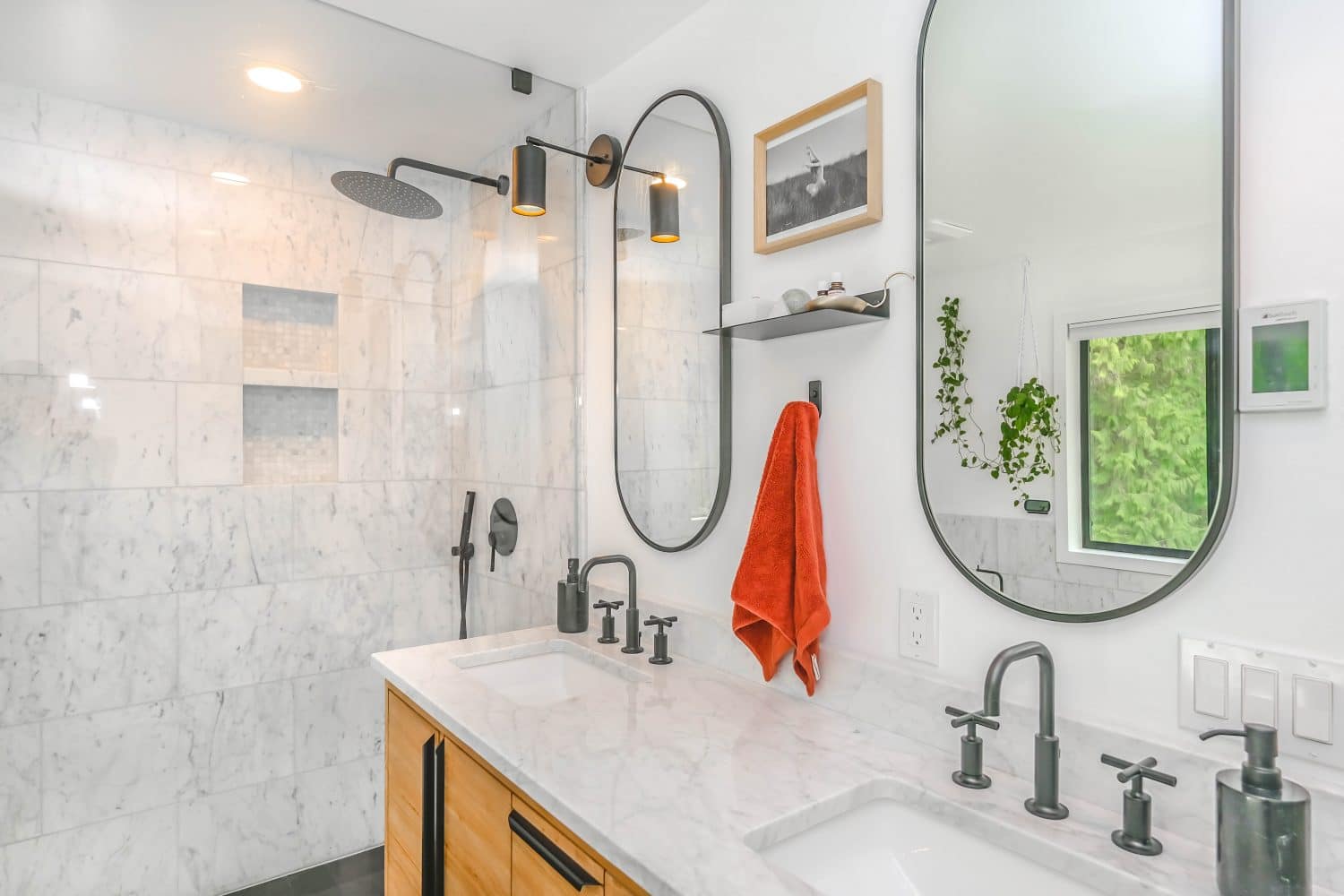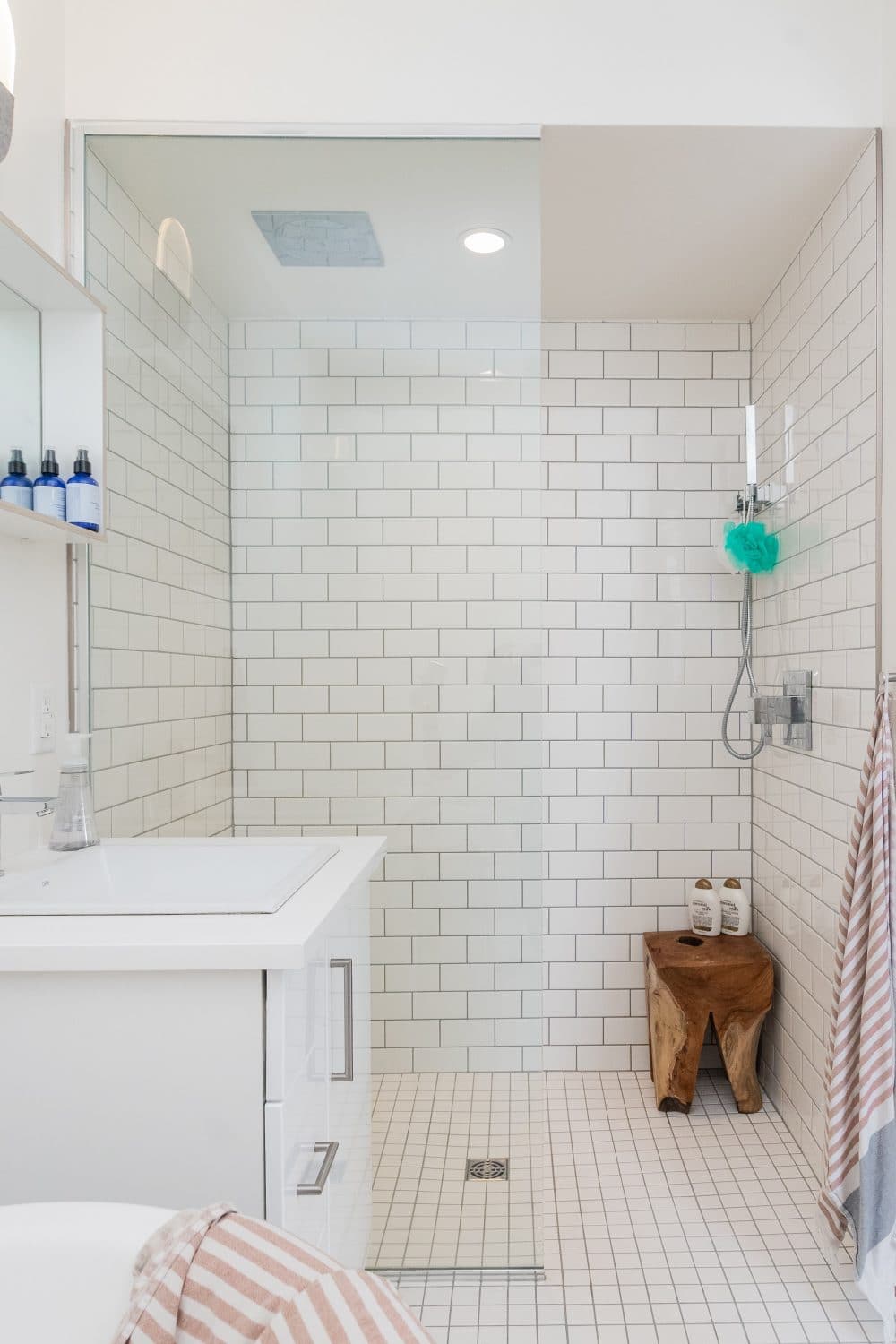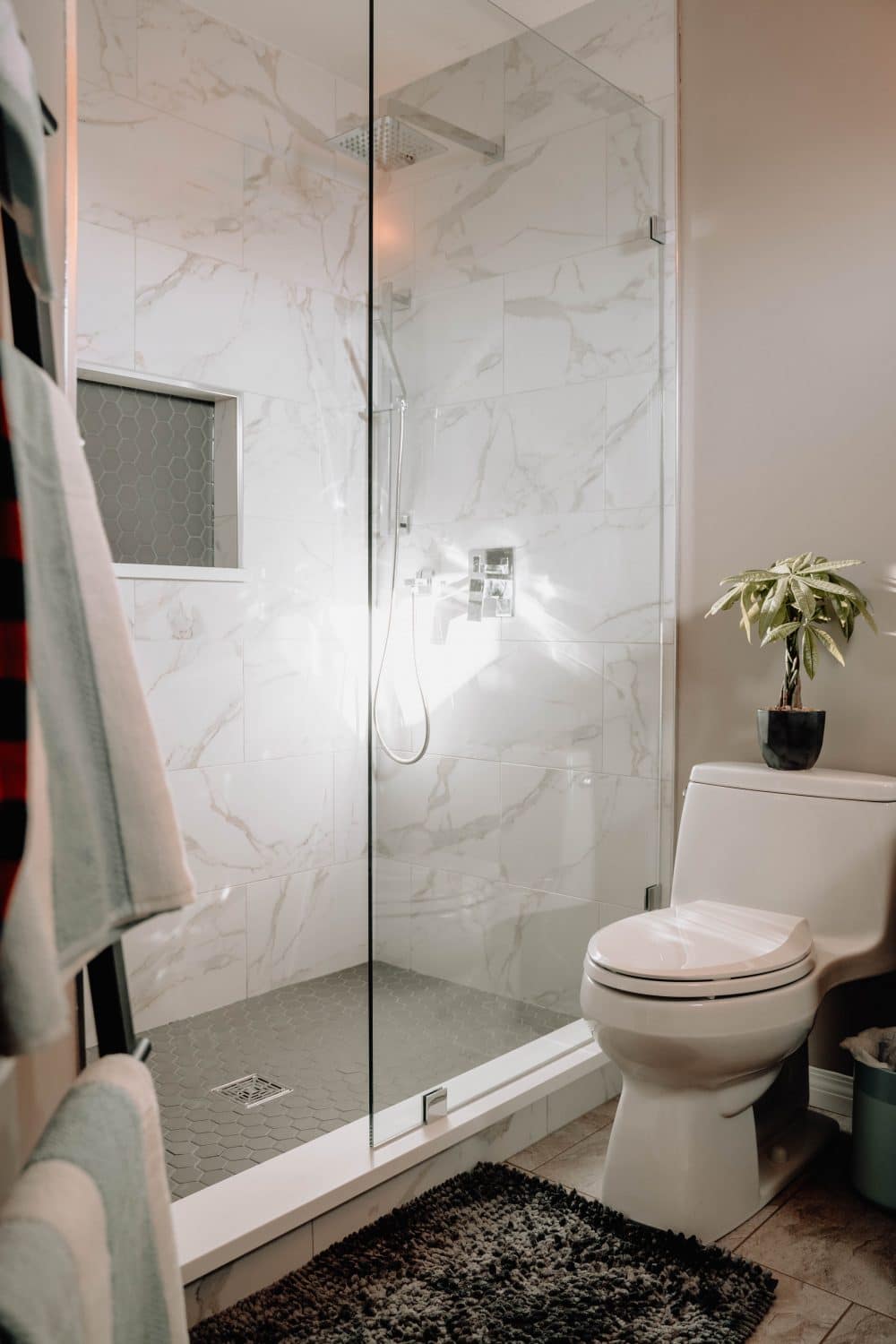Doorless showers, often known as showers without doors, provide several advantages. For starters, the doorless design can save time by eliminating the need to clean a door. The bath glass is among the most cleanup elements of a bath since any detergent scum or precious minerals shows up instantly on it. Cleaning the shower door after each user is the only method to completely avoid spots and soapy buildup.
Also, doorless showers can be in different styles and designs. You can go for the wet-room look, which includes a tub and, in some cases, a toilet directly in the bathing space. You can also use a three-wall enclosure nook or a hallway with two walls confronting each other and entrances on both ends. Many showers with no doors have no borders at all!
What matters is that you understand how to design and develop a very well shower without the need for a door. So, in this blog post, we listed the 9 tips for designing and building up a functional shower.
9 Tips for Constructing and Designing The Doorless Showers
Showers with no doors are custom-made to meet your area and taste. One can specify the quantity and location of niches for storing goods such as shampoos, and you can even have a showering bench added. A doorless shower should be functional as well as attractive. So, to help you out the design tips below can assist you in constructing a functional and good-looking shower.
- When it comes to doorless showers, size matters. Local building standards may require a shower stall to measure 36 inches by 36 inches, however, doorless showers necessitate additional space to prevent water from splashing the remainder of the room. Add 24 inches to your entrance; typical walk-in showers are at least 4 feet wide by 5 feet deep, with many being considerably larger.
- Put the shower on the side of the bedroom for the most efficient use of the area. Due to their large size, doorless showers can look out of place, so putting a shower aside it’s a good idea.
- Give at least 6 feet of free space next to the shower’s doorway. This is the “shower zone,” and whatever you place here will almost certainly get soaked at some point.
- Consider a wide range of drainage. The flooring of doorless showers is gently sloped toward a drain, but adding another drain or two decreases the possibility of water spilling onto the shower floor.
- Choose a shower head with a waterfall effect. This option prevents the shower’s powerful spray from rebounding off the walls and landing on the ground outdoors. If you want to use a regular shower head, make sure the water is kept away from the bath door.
- In spray distance of the shower head, only use waterproof lights and fittings.
- Build the doorless shower at least 5 feet by 5 feet for movement. For example, if someone is in a wheelchair to have space for a shower chair as well as enough space for an aide to help.
- Non-slip flooring is a good choice. Because of the danger of slipping and falling, any glazed tile is unacceptable. Smooth flooring should be installed, such as unglazed limestone, travertine, or slate. In many doorless showers, the same tile that is used for the flooring is also utilised for the wall tiles and, in some cases, the entire bath walls and floor.
- Water will be kept within where it goes by overlaying short walls at the entry. To approach the shower, one typical design is to make an entry that requires you to walk around with a short wall on one end and another short wall on the other side. This provides some seclusion while also controlling showering spray—but you’ll need to have enough space to construct it. It’s good to have an extra 5-6 feet.
- If your bath seems to be on the thin side, opt for a glass doorless shower. Whereas many doorless showers have tiled walls, a glass wall in a tiny bathroom will give the impression of transparency.
Another tip when it comes to doorless showers is to install good ventilation. Baths with gates prevent excess moisture from gathering in the tub and dripping out through the wall tiles. Showers with no doors, on the other hand, are a popular choice in any bathroom. Baths without doors allow more moisture to escape, necessitating the use of a vent fan to remove the excess moisture, which can aid mould growth.
To Sum Up
Doorless showers are more expensive to design and build because they don’t come in conventional sizes and shapes. A doorless shower needs to be planned for each bath, and they are typically more difficult to install. Curbless versions, in particular, must be sloped carefully to make sure that water drains into the drain rather than into the bathroom. So, if you want fewer problems it’s good to contact a professional. In this case, Houseace can match you with a project planner for bathroom renovations, and help you with easily constructing a shower without a door.
with our instant quote tool


